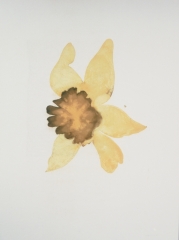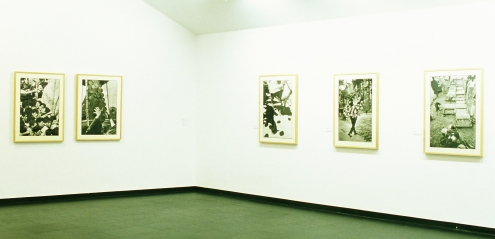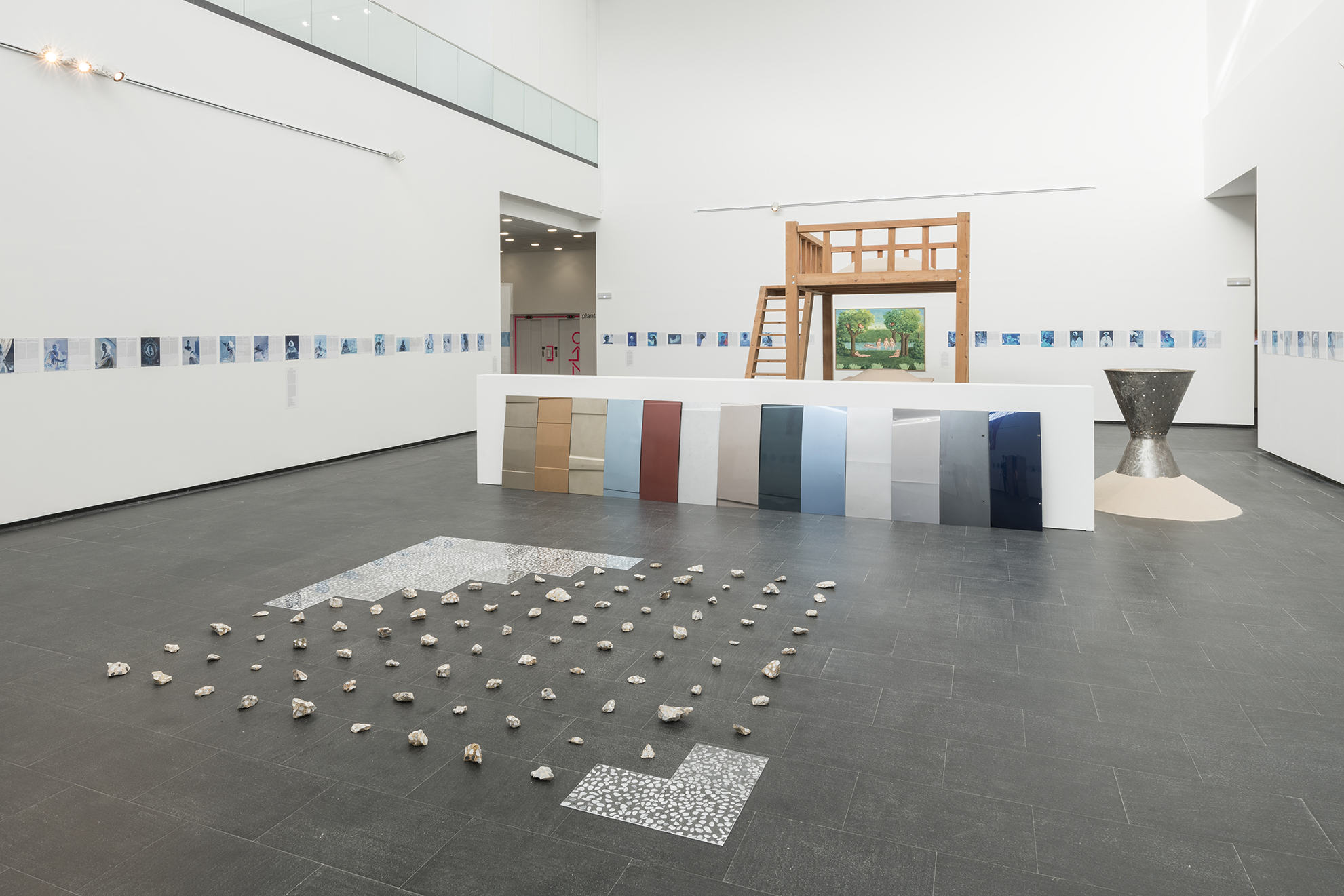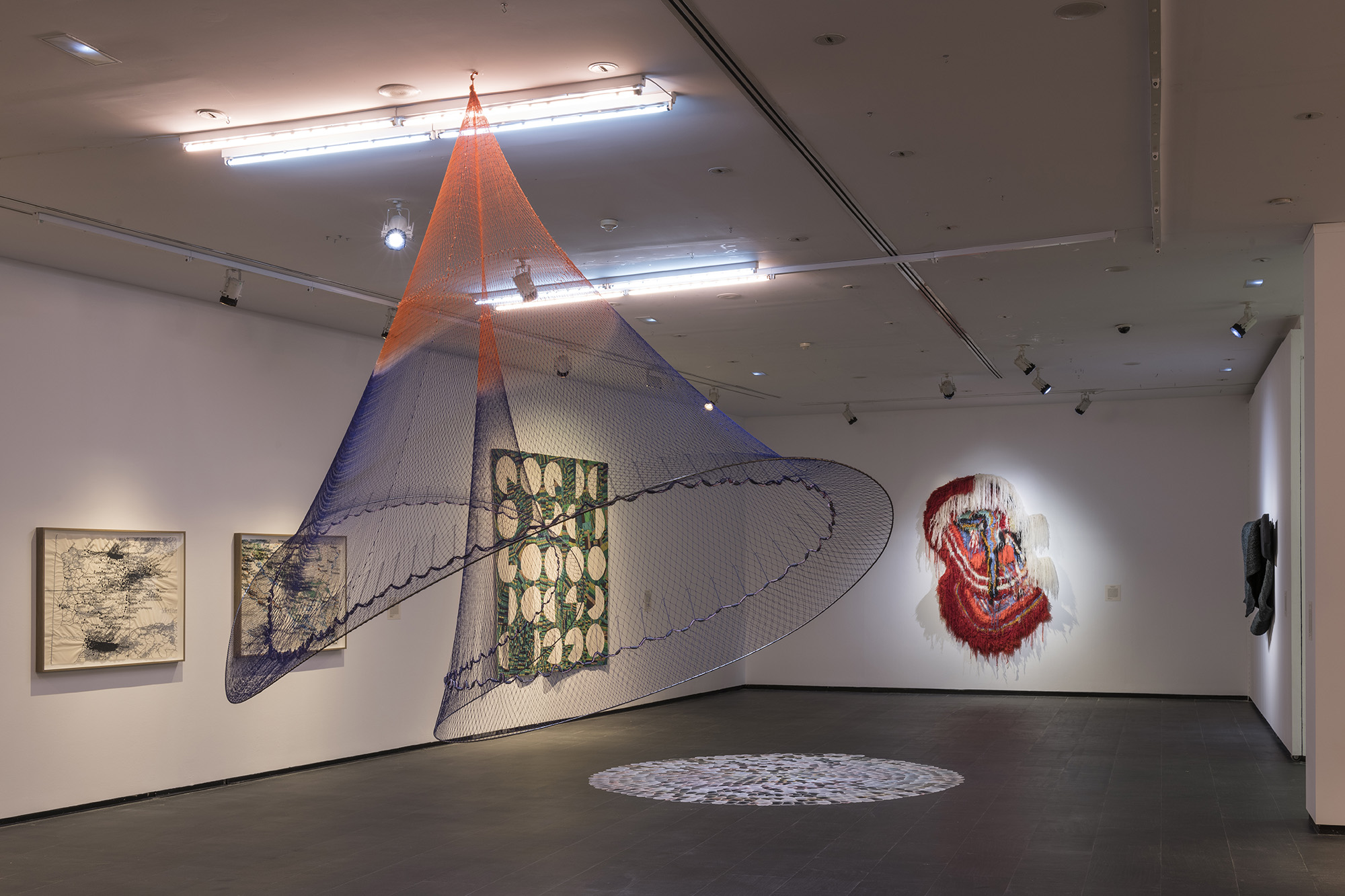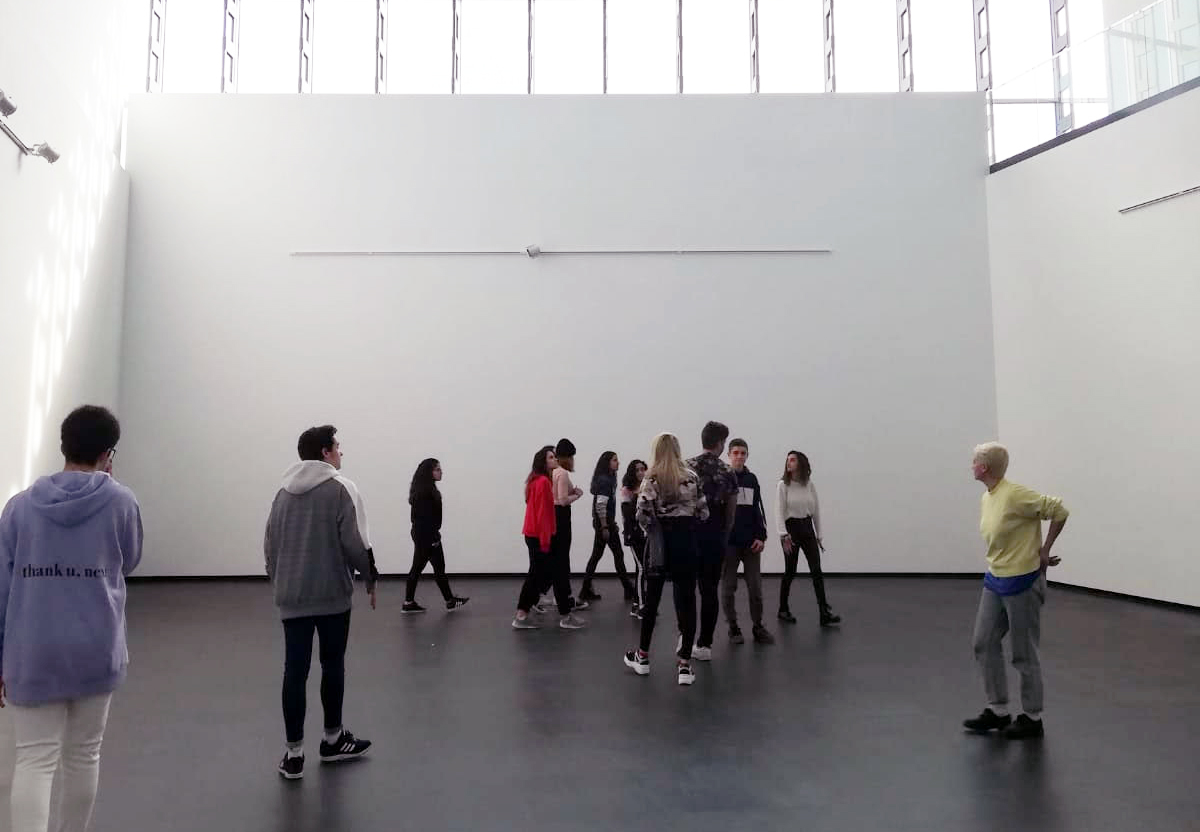After months without being able to be physically present in the museum, we are now returning to our performative walkthroughs in order to recover a shared closeness in our exhibitions. We will have to relearn how to move simultaneously through the exhibition halls, to keep our distance while remaining close, to invent new ways of looking after each other, of listening to one another and to share. To this end, the walkthroughs will be limited to a maximum of 10 people. Wednesdays at 7:00 pm and Sundays at 12:30 pm we will explore the exhibition Absurd Humour: A Constellation of Folly in Spain and Saturdays at 7:00 pm Francesc Ruiz. Panal.
To enrol, send a message to educacion.ca2m@madrid.org or call 91 276 02 21. You can also turn up personally at the museum and, if there is still room, you can join the walkthrough, simply leaving your personal details at reception. We are taking all these measures in order to look after one another, and we must be aware that they may be modified with the changing situation. We’re really looking forward to taking these walkthroughs of the museum with you once again.
RESOURCES
From the collection catalogued on our web, we propose ways of looking and position-taking, of listening to one another, and to thus mutate into a body that takes shape among the images. Through motion, making with your hands, thinking in a low voice, giving it your all dancing, stopping for a pause, losing yourself, reading with other authors, answering questions, we propose a series of places and images to look at the collection as much together as we can.
- Alicia Framis, The Walking Ceiling
- Ángeles Marco, Ascensor Oblicuo
- Ciuco Gutiérrez, Locura de amor
- Elina Brotheus, L'étang
- Itziar Okariz, Mear en espacios públicos
- Kiko Pérez, Sin título (Dos manos)
- Mariana Castillo Deball, Maske
- Nora Aurrekoetxea, Milena
- Olafur Eliasson, Moss-series
- Patricia Esquivias, Mural recuperado, Manuel S. Molezún, 1958
- Wilfredo Prieto, Cuba Libre
- Zoe Leonard, I want a president
Entrance
After months without being able to be physically present in the museum, we are now returning to our performative walkthroughs in order to recover a shared closeness in our exhibitions. We will have to relearn how to move simultaneously through the exhibition halls, to keep our distance while remaining close, to invent new ways of looking after each other, of listening to one another and to share. To this end, the walkthroughs will be limited to a maximum of 10 people.
